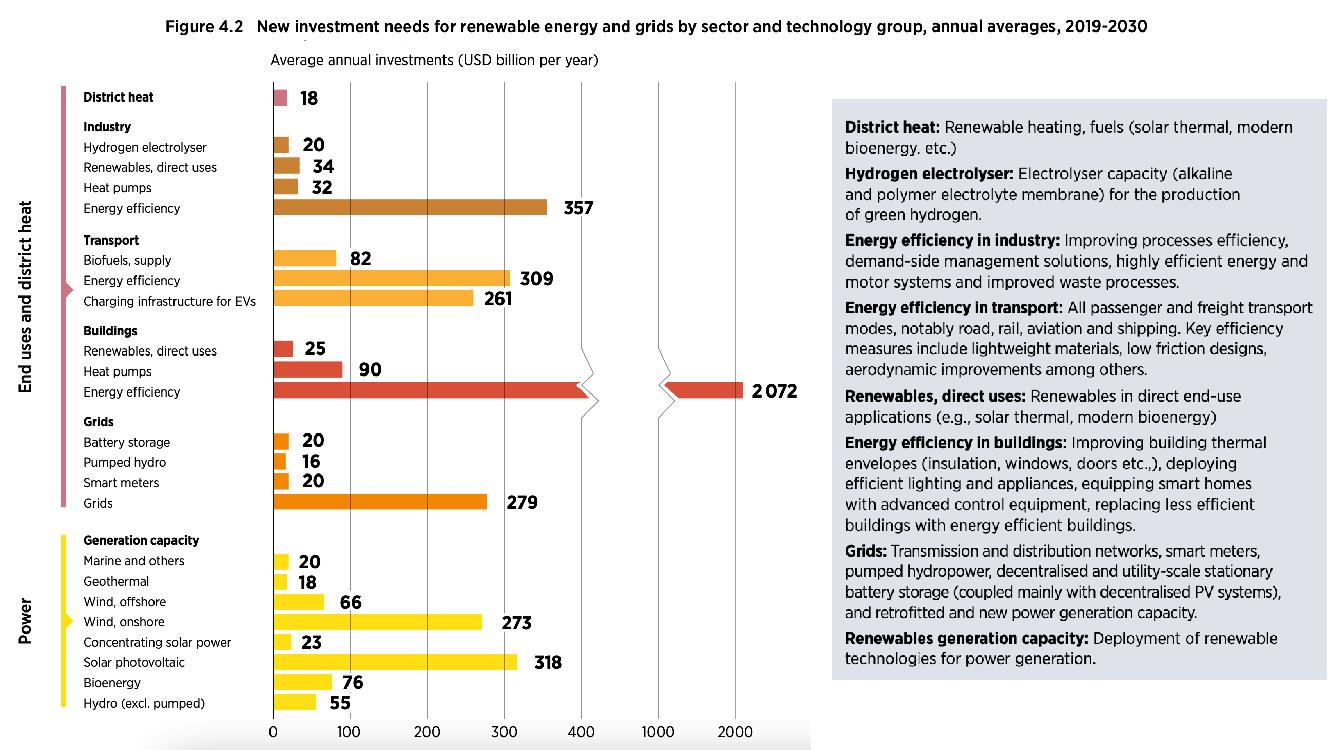Nilar Industry Highlights – The State of the Energy Transition

The State of the Energy Transition
What is the Energy Transition? That terminology is thrown around so often at this point that its meaning may have gotten skewed. The term has come to encompass so many things at once because, in actuality, it is that big. There is the general intensification of climate change, prompting more aggressive mitigation action to be taken. There is the advancement of technology leading to an increase of options for energy production while continuous innovation results in dropping costs. With the technology becoming more accessible to more people, there are areas of underdeveloped infrastructure that need to be modernized. This movement into the future is what is represented by the energy transition.
There are also multiple facets to the energy transition, ranging from outspoken individuals to national government policy implementation. One prominent voice in the movement is Greta Thunberg. At the age of 15, this Swedish teenager began with a protest to bring action against climate change outside her local parliament. She has dedicated her time to cultivating awareness and her defiance to inaction has inspired a generation. Her activism has evolved to multiple protests in more than 30 countries and, ultimately, her nomination for a Nobel Peace Prize at the age of 17. She continues to speak to world leaders at every forum available.
To adapt to a shifting world, there is not only a need to educate and persuade; there is a need to change the way business is done. At the recent World Economic Forum, the Davos Manifesto was presented. In general, this is a recommendation to shift from a shareholder-primacy model to a stakeholder-driven model to benefit a company’s overall performance. Financial considerations should no longer be the primary focus in decision making; businesses should consider the impacts their actions have on people and the environment. This administration of environmental, social, governance, and data stewardship (ESG&D) is as important as risk management to build trust with investors, employees, customers, and society. A company is more than its economics.
These aspects of the energy transition were true before COVID-19 emerged. Despite the global pandemic response, there have been plans established for various ways to keep the future moving forward. The International Renewable Energy Agency (IRENA) published a plan in June 2020 that outlined potential investments and policies that can be implemented worldwide to not only bolster sustainable development but also promote economic recovery. The investment strategy proposed primarily focus on three areas: power generation by renewables, electrification, and energy efficiency improvement. IRENA goes through where money should be focused over the next decade to achieve ambitious climate goals. The figure below represents prospective annual investments needed in each sector to accelerate progress.

IRENA also goes through different regions and where they could focus their training goals and job creation opportunities. There are different energy sector jobs suggested that can benefit struggling economies. To exhibit the job creation prospects of a new renewable energy installation, they estimated the human resource requirements needed in different areas of the value chain, as shown in the figure below.

The IRENA assessment may feel optimistic with this second surge of the virus, the basis still holds. Governmental policy will be the key to move forward. According to the International Energy Agency, government intervention will be crucial in regulating existing emissions, pushing towards cleaner, more efficient operation. In addition, strong government funding of technological advancement is critical to make these clean electricity providers competitive and infrastructure upgrades will enable deployment.
Right now, there is hope that the goals laid out by these international entities can be achieved. In the US, the Federal Energy Regulatory Commission recently passed orders to open up the country’s wholesale energy markets to distributed energy resources. In Europe, their COVID recovery funds included 225 billion Euro solely dedicated to energy transition projects. There was an ambitious goal to be net zero in Europe by 2050, which would be a remarkable feat considering the emissions were 3.8 GT of CO2 in 2019. In Asia, there is a surge in renewable energy projects breaking ground. Despite their recent rollback in coal plant regulations, China made a commitment to become carbon neutral by 2060. This commitment should lead to infrastructure investment to lower energy intensity and reduce carbon emissions eventually. In spite of the continued uncertainty in pandemic containment, the energy transition is going strong.